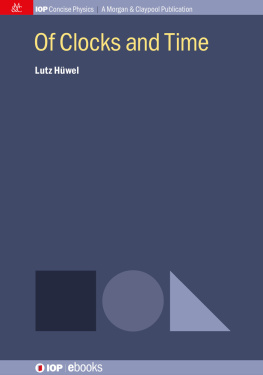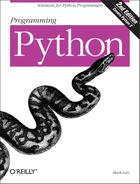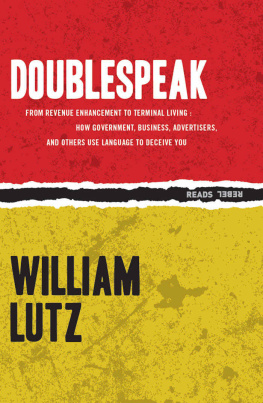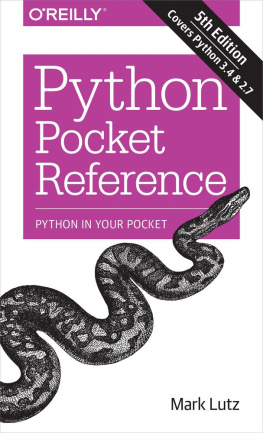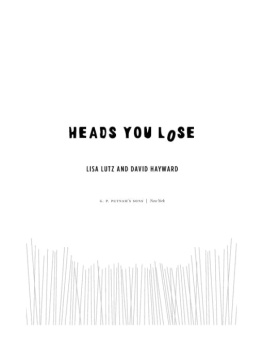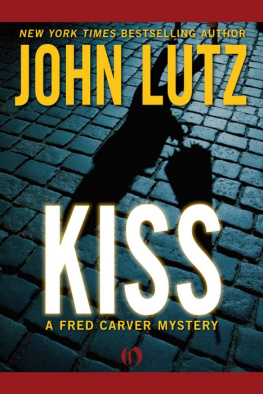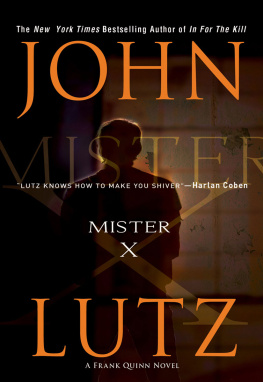Tom Lutz - Aimlessness
Here you can read online Tom Lutz - Aimlessness full text of the book (entire story) in english for free. Download pdf and epub, get meaning, cover and reviews about this ebook. publisher: Lightning Source Inc. (Tier 3), genre: Art. Description of the work, (preface) as well as reviews are available. Best literature library LitArk.com created for fans of good reading and offers a wide selection of genres:
Romance novel
Science fiction
Adventure
Detective
Science
History
Home and family
Prose
Art
Politics
Computer
Non-fiction
Religion
Business
Children
Humor
Choose a favorite category and find really read worthwhile books. Enjoy immersion in the world of imagination, feel the emotions of the characters or learn something new for yourself, make an fascinating discovery.

Aimlessness: summary, description and annotation
We offer to read an annotation, description, summary or preface (depends on what the author of the book "Aimlessness" wrote himself). If you haven't found the necessary information about the book — write in the comments, we will try to find it.
Aimlessness — read online for free the complete book (whole text) full work
Below is the text of the book, divided by pages. System saving the place of the last page read, allows you to conveniently read the book "Aimlessness" online for free, without having to search again every time where you left off. Put a bookmark, and you can go to the page where you finished reading at any time.
Font size:
Interval:
Bookmark:
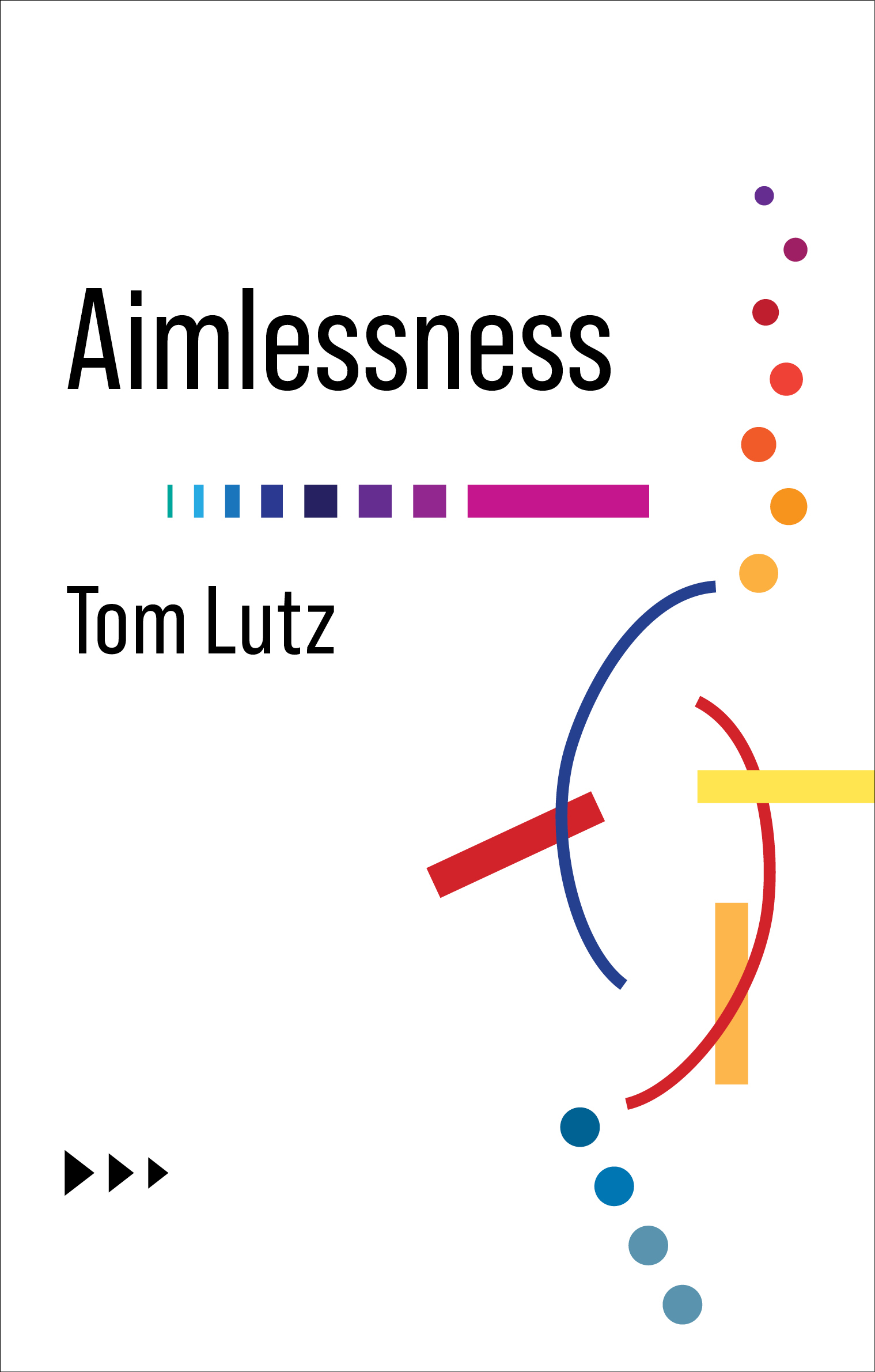
Aimlessness
NO LIMITS
NO LIMITS
Edited by Costica Bradatan
The most important questions in life haunt us with a sense of boundlessness: there is no one right way to think about them or an exclusive place to look for answers. Philosophers and prophets, poets and scholars, scientists and artistsall are right in their quest for clarity and meaning. We care about these issues not simply in themselves but for ourselvesfor us. To make sense of them is to understand who we are better. No Limits brings together creative thinkers who delight in the pleasure of intellectual hunting, wherever the hunt may take them and whatever critical boundaries they have to trample as they go. And in so doing they prove that such searching is not just rewarding but also transformative. There are no limits to knowledge and self-knowledgejust as there are none to self-fashioning.
Intervolution: Smart Bodies Smart Things, Mark C. Taylor
Touch: Recovering Our Most Vital Sense, Richard Kearney
Aimlessness
Tom Lutz
Columbia University Press
New York

Columbia University Press
Publishers Since 1893
New York Chichester, West Sussex
cup.columbia.edu
Copyright 2021 Columbia University Press
All rights reserved
E-ISBN 978-0-231-55306-3
Library of Congress Cataloging-in-Publication Data
Names: Lutz, Tom, author.
Title: Aimlessness / Tom Lutz.
Description: New York, New York : Columbia University Press, 2021. | Series: No limits
Identifiers: LCCN 2020017904 (print) | LCCN 2020017905 (ebook) | ISBN 9780231199346 (hardback) | ISBN 9780231199353 (trade paperback)
Subjects: LCSH: Leisure. | Meaninglessness (Philosophy)
Classification: LCC BJ1498 .L879 2021 (print) | LCC BJ1498 (ebook) | DDC 306.4/812dc23
LC record available at https://lccn.loc.gov/2020017904
LC ebook record available at https://lccn.loc.gov/2020017905
A Columbia University Press E-book.
CUP would be pleased to hear about your reading experience with this e-book at cup-ebook@columbia.edu.
Cover design: Lisa Hamm
To my enablers.

A imlessness is a refutation. Like lovelessness or homelessness, the word suggests a privation, a lack. But it has an added resonance: love and home are positive, and their lack negative; but aim is trickier. To be aimless can mean to be lost, to have no direction, but it can also mean to be open, unhurried, unconniving, nonviolent; to be aimless is to have nobody in your sights, to have no target: to be ingenuous, guileless. It suggests a disinterest in or even resistance to stratagems, productivity, or efficiency. It can mean wanton, and some of us like to be wanton. It can suggest drifting, and some of us like to drift. Aimlessnessin art, in life, in writing, in thought, in beingis always more than the lack it names.
T he stray dog, the feral cat.
At least since Montaigne, the essay has been a literary form that embraces aimlessness, the form that best captures and regularly celebrates aimlessness as essence, as the opposite of deficiency, that finds in aimlessness not lack but plentitude, bounty, abundance. The essay lets aimlessness rule, lets aimlessness direct the proceedings. Essays can, occasionally, follow the kind of linear synaptic progress common to narrative and argument, but the best essays digress and digress and swerve and circle before returning to digress againsuch essays follow Vicos historiographical approach rather than von Rankes or Hegels. As Sara Levine writes, The essay is like a coat of fur, or Proteus in chains, or a syllable-filled spirit, and has more in common with the German cockroach than the Tennessee snail darter. Like that description, it is a form that embraces weirdness and randomness and multiplicity, a form that enacts aimlessness, and in fact elevates it to a method. Aimlessness is the essayists method.
The essay, as Levine puts it, is like a journey they say, or a walkabout, or a loose sally of the mind. As a form, it makes its living by pretending to be a mind thinking, by pretending to represent a mind sallying, which is to say, a mind at work, and this is, of course, like any representation, a bit schematic, incomplete, even, we might say, a bit sketchy in both senses of the word: a flawed simulacrum, a con job, and more often than not a poor, poor copy of its original. The sense that readers get when reading a great essaythat we are watching its author thinkis quite easily produced with even the most rudimentary tools in any working essayists tool kit. All we need do, we essayists, is express a bit of doubt about what weve just said, wonder out loud, as it were (since it isnt out loud at all, but on the page), whether what we just said is true, suggest that we dont know what we are doing, and do it with sentences built using long strings of phrases and clauses and parentheticals, all commenting on, revising, and even reversing what we just said, and all of which suggest a stream of consciousness, a thought process, rather than a polished presentation.
But wait, why am I telling you this?
You see how easy it is? I pretend to have a new thought, I pretend to do it in real time, as if in conversation with you, my reader, slipping in the second person quietlyno matter that, for instance, I wrote the paragraphs that follow first, and that I knew I was going to ask that question when I started down this road, knew that I was going to use that strategy to dupe you, whoever you are, long before it appeared on the page. And as I discuss these ruses of the essayists trade, explain how the trick is produced, show you the false back of the box that allows the magicians assistant to disappear, Im remindedIm reminded, doing the same work againof a story about Thomas Edison, a shaggy dog story about how Edison finally, after endless trial and error, found the right material for his filament. Edisons dog, in the story, watching his master fail time after time to make his light bulb last more than a couple of minutes, takes pity on him and says: tungsten. The dog explains, to Edisons gaping mouth, that, yes, dogs can talk, but there is a pact among them to never let humans know; they have agreed to pretend humans are smarter so we continue to buy the food and build the houses and pay the vet bills. If they knew I was talking to you, the dog says, they would kill me. Another dog overhears, and, yes, they kill him. I will now be looking over my shoulder at writers conferences.
You notice, too, the spiral of time, from the time of my writing, to the time of your reading, to the time of my reading about the shaggy dog, to the time in the story, to the present again, to the future.
And what of the stray dog and the feral cat? Why do they go where they go? What propels them? Hunger? Fear? Do they go to the same places, over and over, or do they wander? Are they aimless creatures, or, in their own minds, do they know exactly what they are doing and why, and feel, to themselves, like perfect utilitarians on their appointed rounds? We have seen them twice nowwill we see them again?
Font size:
Interval:
Bookmark:
Similar books «Aimlessness»
Look at similar books to Aimlessness. We have selected literature similar in name and meaning in the hope of providing readers with more options to find new, interesting, not yet read works.
Discussion, reviews of the book Aimlessness and just readers' own opinions. Leave your comments, write what you think about the work, its meaning or the main characters. Specify what exactly you liked and what you didn't like, and why you think so.

